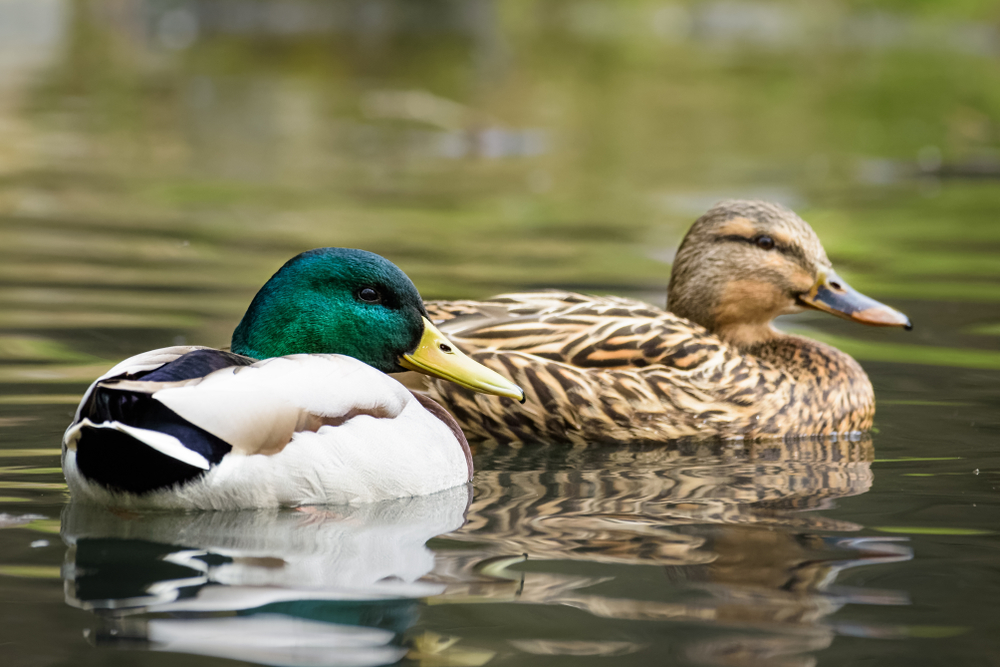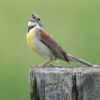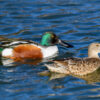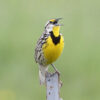Overview: Marais Temps Clair (French for “Fair Weather Marsh”) was historically part of an old oxbow wetland, cut off long ago from the Missouri River and in private hands for decades as a duck club. In 1979, 900+ acres were acquired by the Missouri Department of Conservation and developed as a conservation area for hunting, fishing, and “passive” activities like wildlife viewing. It is low-lying, flat land, divided into sections (“pools”) whose water levels can be managed, with some of them dry at times and some wooded sections. A network of levees topped with flat gravel paths outlines these sections and provides hiking access to the whole area. To the northeast is another piece of the old marsh that remains private; other than that, all of the surrounding countryside consists of open agricultural fields, making MTC an island of habitat in a “corn and soybean desert.”
Conditions: The entire area must be walked—not a difficult task, just a total of many miles around the levees. Fortunately there are four entry points where you can park and make in-and-out walks of any length you wish, or longer loops; one of these is on the north boundary, off highway 94, and the other three are along the southeast boundary. The middle one of these three has an equipment barn, a small mobile headquarters, and a port-a-potty, the only “facility” on the area. For more information, go to https://nature.mdc.mo.gov/discover-nature/places/marais-temps-clair-conservation-area where you can click on “area map.” Be aware that, as in most CA’s, some hunting is permitted, and so you need to be aware of the various legal seasons, e.g., dove, waterfowl, and deer.
Birds: The best source for a bird list nowadays is eBird, where MTC is a “hotspot” with 231 species recorded, although this may not include some that were observed there pre-eBird. Area management focuses on waterfowl—ducks and geese—and so good numbers and variety of those are expected, in season. But as a byproduct, there are often patches of good marsh habitat, conducive to finding bitterns, gallinules, and rails, and sometimes partial drying will produce the shallow-water-and-mud mixture that shorebirds love. Meanwhile, the stands of willow and some taller trees can be great for breeding birds like Prothonotary Warbler, Yellow-billed Cuckoo, and Willow Flycatcher, as well as passerine migrants, and the weedy, brushy areas can be a haven for sparrows. So the potential is high at most times, although MTC is birded very little during waterfowl season, mid-October through December.
Getting there: A bit complicated. From the east, you reach the north entry by taking MO-94 west from its starting point on US-67 just south of Riverlands. Go about 10 miles to the intersection with county road H and continue west on 94 another 7+ miles; the entry and small parking lot are on your left. To reach the other three entries, turn south on H and proceed over the train tracks to the first intersection, with Mertz Road on the left; turn right there and follow Powers Road, which changes its name to become Island Road as it approaches a large wooded area (which is MTC) and bends left (southwest) along the edge of the area. Find the three entries using the map mentioned above. Either side can also be accessed by driving northeast from St. Charles; consult a map.




